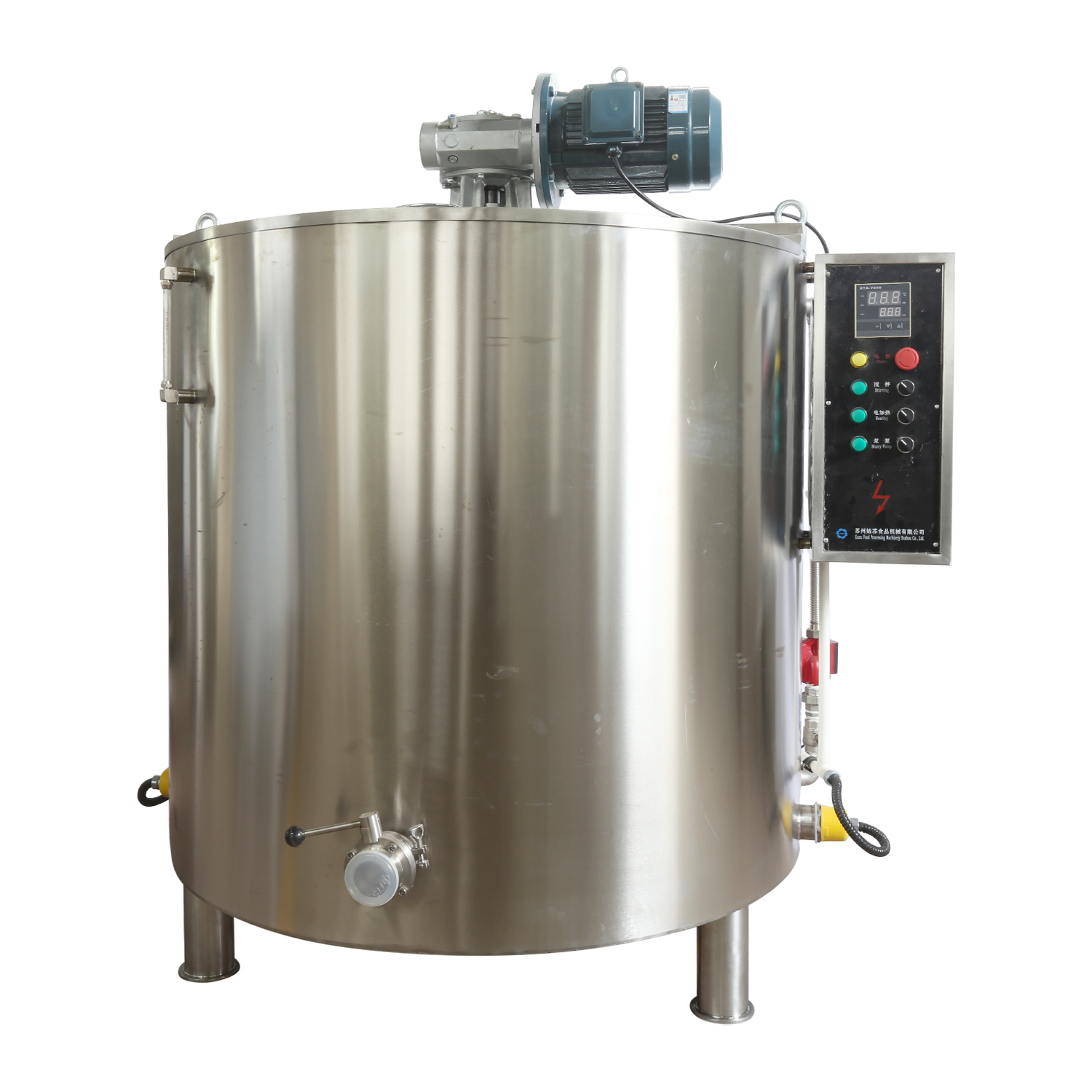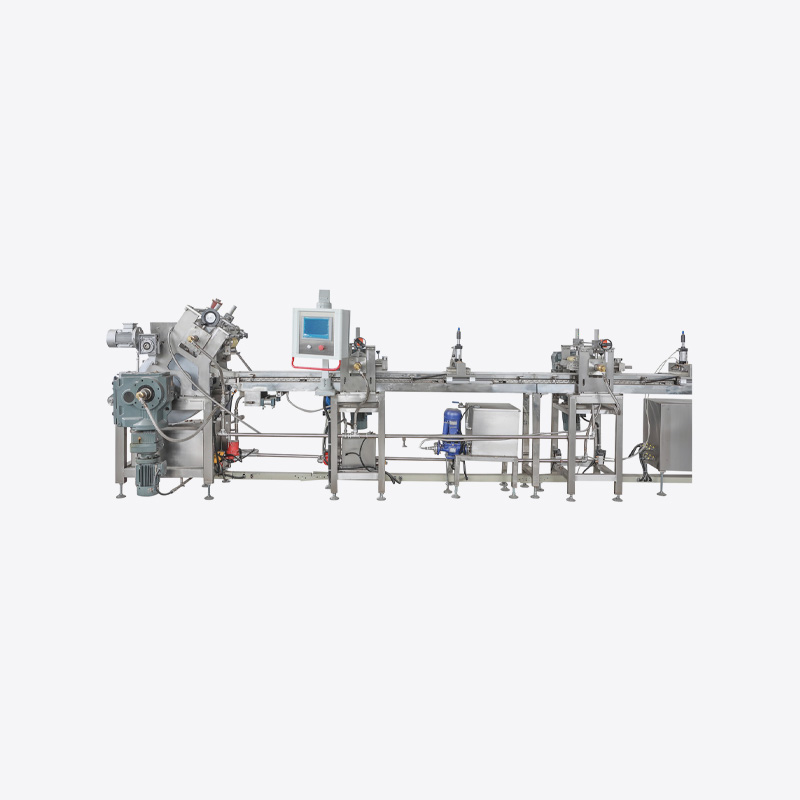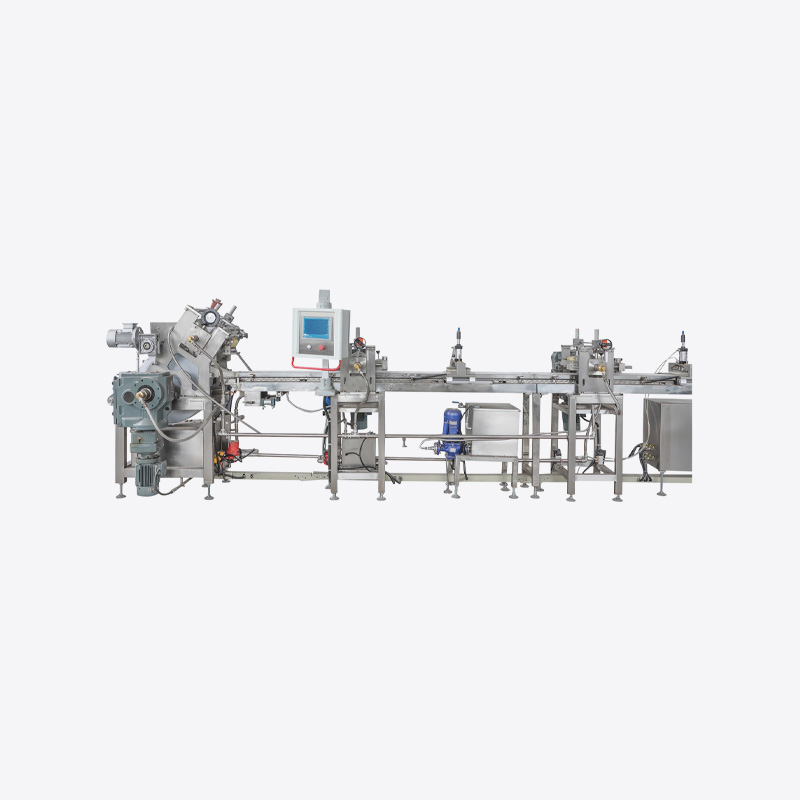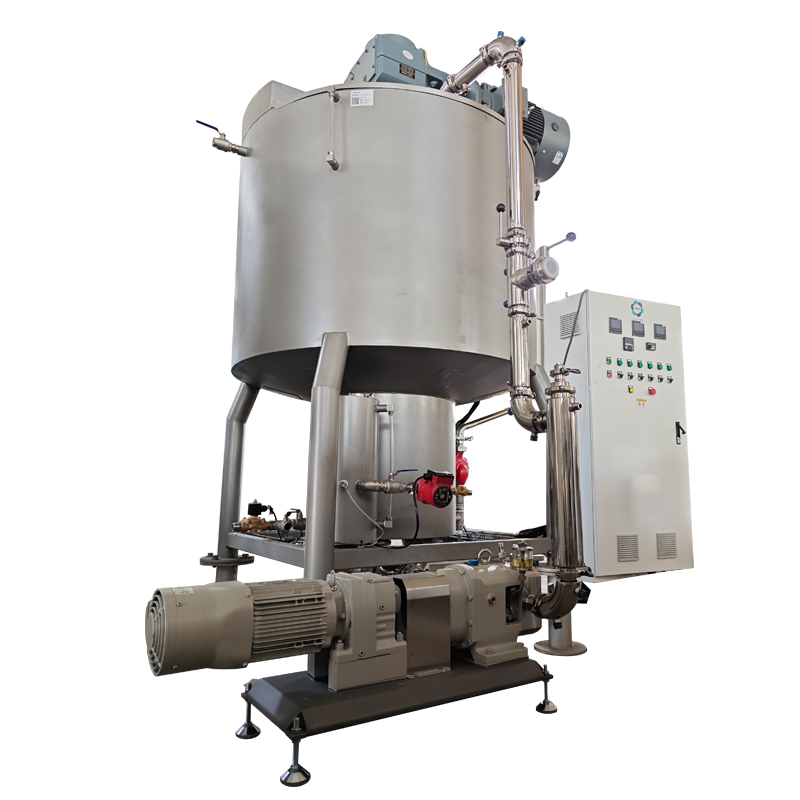Introduction: Importance of Energy Efficiency in Chocolate Ball Mills
Chocolate ball mills are essential machines in the production of high-quality chocolate, providing the precise grinding and mixing needed to create smooth and creamy textures. However, like any industrial equipment, they consume a significant amount of energy during operation. Optimizing the operation of a chocolate ball mill not only reduces energy consumption but also improves the overall efficiency of the production process. This article explores strategies and practical tips to optimize the operation of chocolate ball mills, thereby reducing energy usage while maintaining product quality.
Understand the Energy Demands of a Chocolate Ball Mill
Before implementing any optimization strategies, it's essential to understand the primary energy-consuming components of a chocolate ball mill. Key factors contributing to energy consumption include:
- Grinding Media: The size and quantity of grinding balls impact the energy required for the milling process. Larger or more numerous balls require more energy to move and grind the chocolate ingredients effectively.
- Motor Power: The motor driving the ball mill is one of the most significant energy consumers. The efficiency of this motor can directly impact the overall energy consumption of the system.
- Mill Speed: The rotational speed of the ball mill plays a crucial role in energy efficiency. Faster speeds can increase energy use, while slower speeds may lead to insufficient grinding.
- Material Consistency: The viscosity and composition of the chocolate mixture can influence energy usage. Thicker mixtures require more energy to process effectively.
Optimize Grinding Media to Reduce Energy Consumption
The grinding media (balls) are one of the most important components of a chocolate ball mill. By optimizing the size, quantity, and material of the grinding balls, manufacturers can significantly reduce energy consumption.
Choosing the Right Size and Quantity of Grinding Balls
The size and quantity of grinding media impact both the efficiency of the milling process and energy usage. Smaller balls are often more energy-efficient for fine grinding, while larger balls are better for coarse grinding. Key considerations include:
- Ball Size: Using smaller grinding balls can reduce the energy needed to break down chocolate particles. However, a mix of larger and smaller balls often provides the best balance between speed and energy efficiency.
- Ball Material: The material of the grinding balls affects the wear rate and energy consumption. Steel balls are commonly used, but ceramic or polymer balls may offer reduced friction and better energy efficiency in some cases.
Adjust the Quantity of Grinding Balls
Too many balls in the mill can cause unnecessary friction, leading to excessive energy consumption. Conversely, too few balls may lead to inefficient grinding. To optimize energy use:
- Optimal Ball Load: It's crucial to ensure that the mill is loaded with the correct number of balls, based on the mill's capacity and the desired grinding results.
- Regular Maintenance: Over time, the grinding balls wear down, leading to increased energy consumption. Regularly checking and replacing worn balls can prevent inefficient grinding.
Improve Motor Efficiency to Lower Energy Use
The motor used to drive the ball mill is one of the most significant contributors to energy consumption. Improving motor efficiency can have a major impact on overall energy usage.
Use High-Efficiency Motors
Using a high-efficiency motor can reduce energy consumption by converting more electrical energy into mechanical power with less waste heat. Key considerations for optimizing motor efficiency include:
- Motor Selection: Choose a motor with an appropriate power rating for your ball mill's specific requirements. Motors that are too large may waste energy, while motors that are too small may lead to inefficient operation.
- Variable Frequency Drives (VFDs): Installing VFDs can help optimize motor speed, ensuring the motor only consumes the amount of power necessary for the milling process.
Monitor Motor Performance Regularly
Regularly checking the performance of the motor can help detect issues that may lead to inefficient energy use. Monitoring motor efficiency indicators such as temperature, vibration, and power consumption can help identify problems early and avoid unnecessary energy losses.
Optimize Mill Speed and Mixing Parameters
The rotational speed of the ball mill is another key factor influencing energy consumption. While higher speeds may result in faster processing, they also increase energy demand.
Adjusting Mill Speed for Efficiency
The optimal speed of a ball mill is crucial for energy efficiency. Too high a speed can cause excessive friction and wear, while too low a speed can result in incomplete grinding. Key tips include:
- Optimal RPM: Experiment with different mill speeds to find the optimal rotations per minute (RPM) that balances energy consumption with grinding efficiency.
- Slow Start-Up: Gradually ramping up the mill's speed instead of starting at full power can reduce initial energy spikes and enhance overall efficiency.
Fine-Tuning Mixing Parameters
Proper mixing of the chocolate ingredients is essential for achieving the desired texture and consistency. However, improper mixing can lead to excessive energy use. Consider:
- Proper Ingredient Loading: Ensure that the ingredients are loaded in the correct proportions to avoid overloading the mill, which can strain the motor and increase energy consumption.
- Minimize Air Resistance: Minimizing the air resistance inside the ball mill by using the correct amount of grinding media and ensuring proper seal systems can reduce energy waste.
Monitor and Analyze Energy Consumption Regularly
Continuous monitoring and analysis of energy consumption are vital for optimizing the operation of a chocolate ball mill. Installing energy meters on key components can provide real-time data, allowing for adjustments as needed.
Use Energy Monitoring Systems
Energy monitoring systems can track power usage and help identify inefficiencies or irregularities in the milling process. This data allows operators to make informed decisions on optimizing machine settings.
Analyze Energy Efficiency Trends
By regularly analyzing energy efficiency trends over time, manufacturers can identify areas where improvements can be made, such as optimizing grinding parameters or improving equipment maintenance schedules.
Conclusion
Optimizing the operation of a chocolate ball mill for energy efficiency involves a combination of factors, from selecting the right grinding media to fine-tuning motor performance and mill speed. By implementing these strategies, manufacturers can significantly reduce energy consumption while maintaining high-quality chocolate production. Continuous monitoring and adjustments to the milling process will ensure that energy efficiency is maximized, contributing to both cost savings and environmental sustainability in the long term.




 English
English Español
Español









